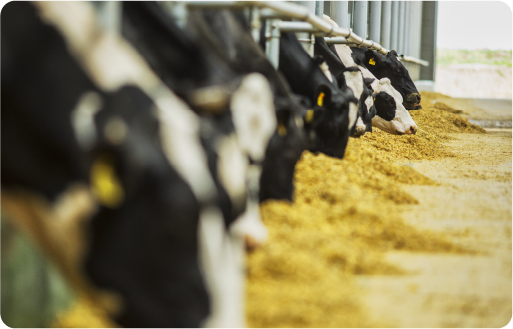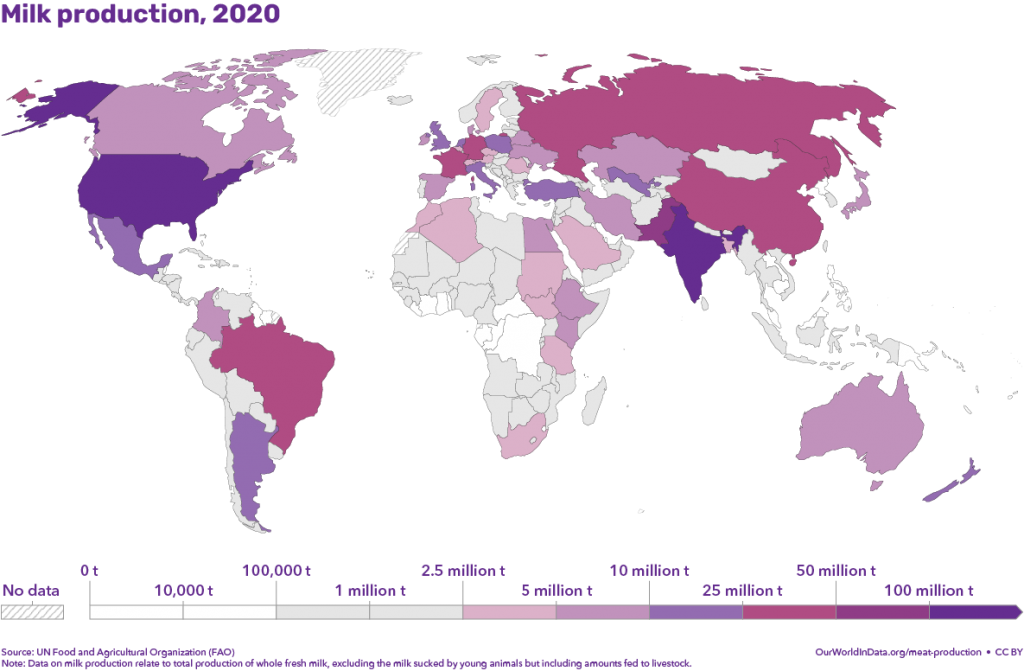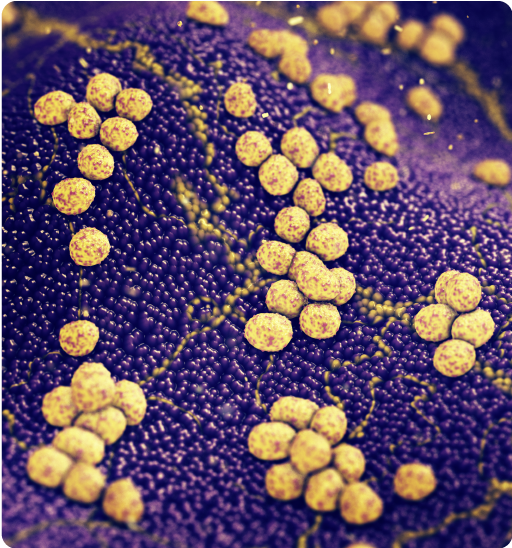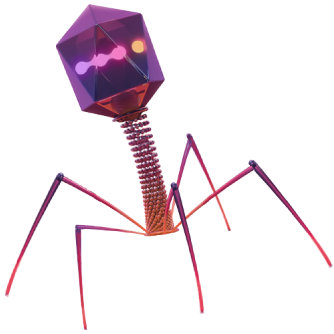Markets We Serve
Dairy

Definition
Dairy
Market Size
Dairy production


Challenges
Animal diseases in Cattle
Animal diseases and their spread are among potential risks that can heavily impact milk production. Mastitis is the most common infectious disease in dairy cattle worldwide and across all types of farm sizes. It has also the most damaging impact regarding economical outcomes, significantly influencing milk yield and its quality. Mastitis causes inflammation of a cow’s udder. It is caused by bacteria or by injury and its symptoms range from unapparent (subclinical) to severe clinical disease. There is a large number of microorganisms that are known to cause mastitis, however Staphylococcus aureus and Escherichia coli are one of the predominant. It might become a serious animal welfare issue when mastitis is associated with swelling and inflammation of the udder. Affected cows can show clear signs of discomfort, which includes hunched posture, higher sensitivity of the udder and teats, rapid breath and heart rate, and increased temperature. Mastitis might be difficult to detect, especially in its early stages, while severe clinical disease can be a death cause.
To control mastitis and many other diseases, treatments are commonly based on antimicrobials use. Over two thirds of all antibiotics are used in food animal production. This practice has raised concerns on the overuse of antimicrobials and its contribution to the development of antimicrobial resistance (AMR), which reduces the effectiveness of existing medicines and require the development of new treatments. The WHO considers antibiotic resistance as one of the biggest threats to global health, food safety and development today.
Where Do We Operate
How Proteon can help you contribute to solving the challenges
Bacteriophage cocktails effective against pathogenic bacteria

